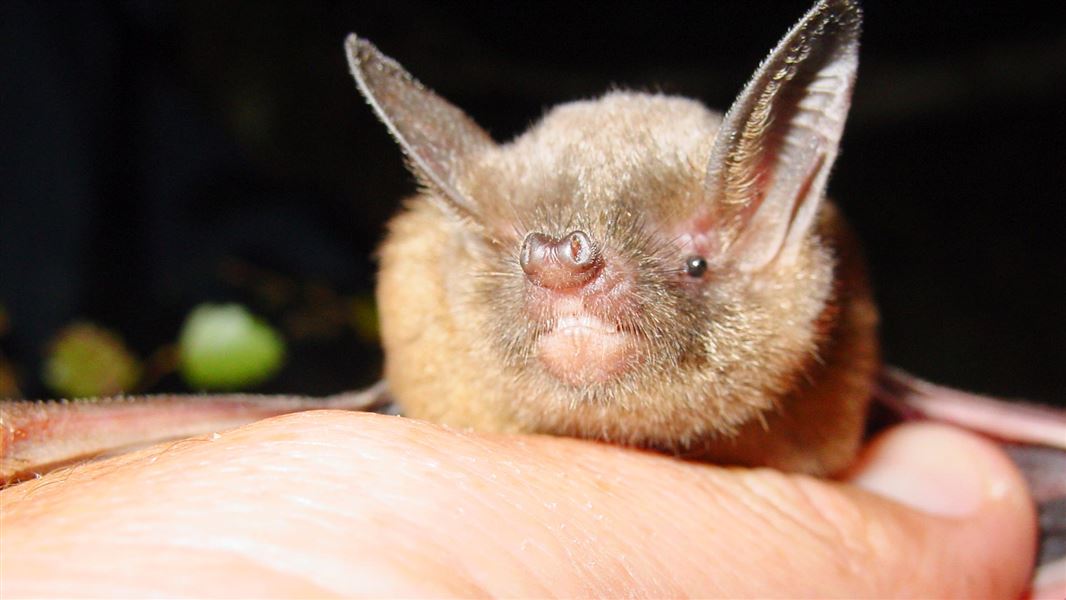Archived content: This media release was accurate on the date of publication.
Date: 27 April 2023
Five years on from the last assessment, the threat status of the long-tailed bat and lesser short-tailed bat remains unchanged, but bat populations continue to decline except where predators such as rats, stoats and possums are successfully supressed.
DOC Principal Scientist and lead author of the report, Dr Colin O’Donnell, says although the overall picture for our only land mammal remains serious, it’s pleasing to see solid progress in some locations.
“In places like the Eglinton valley in Fiordland, and Pureora, Whirinaki and Rangataua forests in central North Island, we’re seeing bat numbers continue to grow in response to effective predator control.
“In the Eglinton valley, the long-tailed bat population is increasing by an average of 4% per year and short-tailed bats by 8%, while at Pureora, short-tailed bats are increasing by 10%.
“It’s a different story in areas without predator control, where bat populations are likely to be declining at 5-9% each year,” says Colin O’Donnell.
The biggest threats to bats are introduced predators and clearance of lowland forest and large old trees where bats roost.
The report also points to increasing threats since 2017 from infrastructure projects such as rural subdivisions, roads and wind farms in bat habitats. Climate change is another emerging threat likely to cause increased pressure from predators and changes to forests where bats live.
“On the plus side, there is increasing public interest in native bats and involvement of councils, iwi and community groups in monitoring and protecting their local bat populations,” says Colin O’Donnell.
DOC prioritises efforts through its national predator control programme to protect populations of the most at-risk native species and forests on public conservation land throughout New Zealand. Currently this programme protects bats at sites throughout the county using aerially applied 1080, toxins such as pindone in bait stations and trapping.
Short-tailed bats are an ancient species found only in a handful of locations. They use their folded wings to scrabble on the forest floor, where they spend considerable time.
Long-tailed bats are widespread throughout mainland New Zealand and on islands and are found near urban centres such as Auckland and Hamilton. They’re most seen as they fly at dusk along forest edges and riverbanks.
Background information
There are three subspecies of lesser short-tailed bats – northern, central and southern short-tailed bats – found in northern and central North Island and the South Island, respectively. A third species – the greater short-tailed bat – is classed as ‘data deficient’ and hasn’t been seen since 1967.
Long-tailed bats have the highest threat ranking (‘Threatened-Nationally Critical’), while the northern and southern lesser short-tailed bats are ‘Threatened-Nationally Vulnerable’ and ‘Threatened-Nationally Increasing'. The central lesser short-tailed bat is ‘At Risk-Declining’.
Southern short-tailed bat has changed from ‘At Risk-Recovering’ to ‘Threatened-Nationally Increasing’ but this is the result of a name change for this category rather than a real decline.
Under the New Zealand Threat Classification System DOC reviews the status of all major native plant and animal groups at five-yearly intervals, involving species experts.
Conservation status of bats in Aotearoa New Zealand, 2022 (PDF, 783K)
Contact
For media enquiries contact:
Email: media@doc.govt.nz
